The world's richest countries in 2025, ranked
The biggest economies on the planet right now
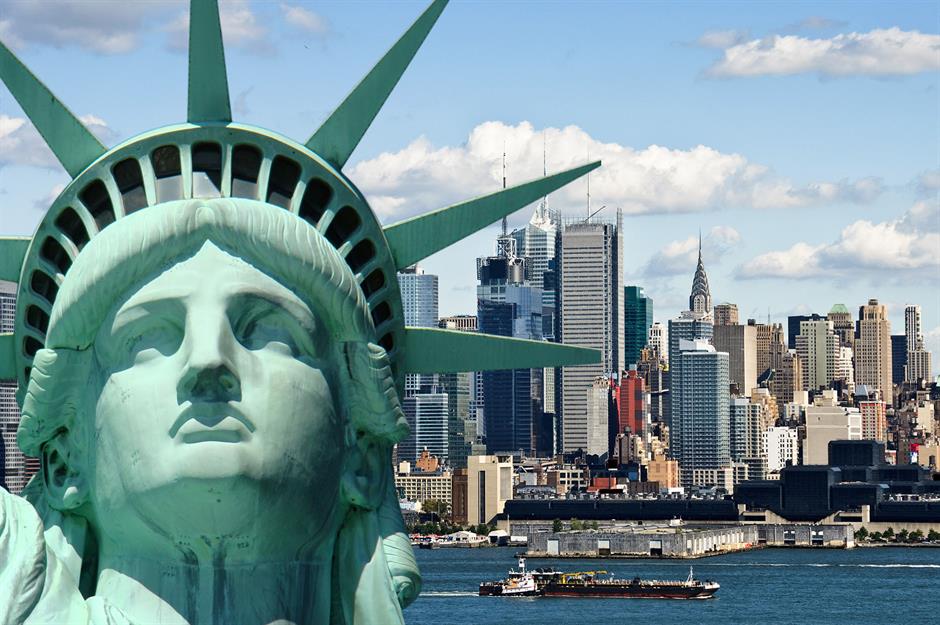
The dominant players in the $115 trillion (£86tn) global economy, the wealthiest nations by overall gross domestic product (GDP) are formidable powerhouses that shape international trade, finance, politics, culture, and more.
Read on to discover the top 31 economic powers in 2025 ranked from least to most richest, based on the latest data from the International Monetary Fund (IMF).
All dollar amounts in US dollars.
31. Austria, 2025 GDP: $534.3 billion (£400bn)

A high-income country boasting an elevated standard of living, Austria is a chiefly services-based economy like the majority of high-income nations, with sophisticated financial services, retail, tourism, and other lucrative industries. International trade is also important, particularly with neighbouring Germany. As is the case with fellow EU countries, Austria is likely to be hit hard by President Trump's tariffs on the bloc, which may undermine its economic growth – America is Austria's third most important trading partner.
According to the World Economic League Table (WELT), Austria is expected to record muted growth through to 2039. For this reason, the nation is predicted to slip nine spots in the global GDP ranking over the next 14 years.
30. Thailand, 2025 GDP: $546.22 billion (£409bn)

Thailand is an industrialised, export-led, upper-middle-income economy with a flourishing services sector driven in large part by the nation's extensive tourism industry. Notable pluses include the lowest unemployment rate among the top 31. But Thailand's GDP per capita is relatively low.
Over the next 14 years, the Thai economy is forecast to grow by an average of 2.7% a year, and climb three spots up the WELT.
29. UAE, 2025 GDP: $548.6 billion (£411bn)

The economy of the UAE is classified as high-income. Long reliant on oil, the country has become less dependent on hydrocarbons in recent years as services such as tourism and aviation have become prominent. As it stands, the UAE remains highly dependent on trade, with exports accounting for 98% of its GDP.
Peering into the future, the UAE is expected to keep its current place in the WELT through to 2039, with annual growth of between 4.3% and 4.7% anticipated.
28. Singapore, 2025 GDP: $564.77 billion (£423bn)

Singapore has an exceedingly productive and fiercely competitive high-income economy and the fourth-highest GDP per capita in the top 31 – not to mention the second-lowest unemployment rate. Noted for its business-friendly environment and first-class infrastructure, the city-state's advanced manufacturing sector is a key driver of its economy, and exports account for 187.6% relative to GDP.
Over the coming 14 years, annual growth is expected to average between 2.3% and 2.5%. These numbers are very respectable for an advanced economy, but Singapore is forecast to drop six spots in the WELT.
27. Israel, 2025 GDP: $583.36 billion ($437bn)

Israel is a high-income country with a diversified economy. Standout sectors include hi-tech manufacturing, chemicals, and business services. The recent conflicts with Hamas, Hezbollah, and Iran have, however, come at a heavy economic cost in addition to causing widespread human suffering. The country spent $28 billion (£21bn) on military conflicts in 2024, and debt has risen to 69% of GDP. Consequently, Israel's GDP growth significantly slowed last year.
Looking ahead, growth is expected to pick up over the coming years, averaging between a decent 3% and 3.4% annually through to 2039. As a result, Israel is forecast to climb in the WELT, ending the 2030s as the world's 29th-biggest economy.
26. Ireland, 2025 GDP: $598.84 billion (£449bn)

A high-income economy that punches well above its weight, Ireland has the second-highest GDP per capita in the top 31 and the best labour productivity. The nation's GDP and other economic indicators are, however, skewed by the large number of multinationals that declare profits there. Ireland nevertheless maintains a strong export-oriented economy, with notable strengths in pharmaceuticals and electronics, underpinned by a highly educated and skilled workforce. The bad news is that Ireland is likely to suffer more than most EU countries from President Trump's tariffs on the bloc, since it runs a $86.7 billion (£65bn) trade surplus with America, one of the largest globally.
Looking ahead, Ireland is forecast to experience annual GDP growth of between 1.9% and 2% through to 2039, but with other economies growing faster, the country is poised to tumble eight places down the WELT.
25. Sweden, 2025 GDP: $620.3 billion (£465bn)

An affluent high-income country with the sixth-largest GDP per capita in the EU, Sweden has a services-based economy. International trade is crucial to the Nordic nation's economic wellbeing. Sweden exports $17.6 billion (£13.2bn) in goods and services to America, its third most important trading partner. However, it imports only $7.3 billion (£5.5bn) worth from America, so President Trump's EU tariffs will likely hurt.
Over the next 14 years, Sweden's GDP is expected to grow between 1.9% and 2.2% annually, which is more than satisfactory for an advanced economy. However, the country is poised to slip six places in the global GDP ranking as other, mostly developing, nations demonstrate stronger economic performance.
24. Argentina, 2025 GDP: $683.53 billion (£512bn)

Upper-middle-income Argentina is blessed with bountiful natural sources, from fertile farmland to ample natural gas and lithium reserves. The country also has highly developed manufacturing and services sectors. But Argentina has been an economic basket case for quite some time now. Heavily indebted, it has one of the lowest GDP per capita scores in this list and the highest inflation rate, surpassing an eye-watering 120% in 2024. President Milei's drastic economic reforms seek to address these and other issues, but while they are starting to bear fruit, unemployment and poverty have ballooned.
Over the next 14 years, growth is forecast at between 2.3% and 3.9% per year. This would be sufficient to push Argentina nine spots up the WELT ranking.
23. Belgium, 2025 GDP: $684.86 billion (£513bn)

Belgium is a prosperous, high-income nation with relatively low levels of income inequality. While the country has a service-driven economy, manufacturing is important, with pharmaceuticals and electronics the most significant industries. Belgium is more reliant than Sweden on trade, with exports accounting for 84% of its GDP. With the country running a $6.4 billion (£4.8bn) trade surplus with America, US tariffs are a particular concern.
Taking a long-term view, the Belgian economy is poised to grow modestly through to 2039, with a fall of nine places in the WELT expected.
22. Taiwan, 2025 GDP: $804.89 billion (£603bn)

A dynamic, high-income export-driven economy, Taiwan is renowned for its tech industry and has become a global leader in semiconductor manufacturing in recent years. But looming large is the threat of an all-out conflict with China, which would no doubt be devastating for the island nation. As per one estimate, war with the People's Republic would knock 12% off its GDP. And that projection could very well be conservative.
If this doesn't come to pass, Taiwan's economy is forecast to grow between 2.1% and 2.5% a year between 2025 and 2039, which would translate to a decline of two positions in the WELT.
21. Switzerland, 2025 GDP: $947.13 billion (£710bn)

A super-affluent, high-income country with superior living standards, Switzerland has the third-highest GDP per capita among the top 31 nations. Highly competitive, the nation's economy is underpinned by an enviable services sector, particularly financial services, and advanced manufacturing, including pharmaceuticals and electronics. Switzerland's economy is highly dependent on trade, and the knock-on effects of Trump's policies could impact it to a profound degree.
Gazing into the economic crystal ball, Switzerland is expected to see muted GDP growth through to 2039, with a drop of two spots in the WELT anticipated.
20. Poland, 2025 GDP: $979.96 billion (£734bn)

Poland has enjoyed exceptional growth over the past few decades, moving from a middle to a high-income country at breakneck speed and establishing itself as one of the largest economies in the EU. Interestingly, Poland imports more from America than it exports to the country, so it isn't as exposed to US tariffs.
Looking ahead, annual growth is forecast to average between 2.8% and 3.2% through to 2039. Thanks to this comparatively healthy growth, Poland is predicted to rise one spot in the global GDP league table, in contrast to many other European countries that are projected to remain in the same position or slide down the ranking.
19. Saudi Arabia, 2025 GDP: $1.08 trillion (£809bn)

Oil and natural gas continue to fuel the trillion-dollar-plus Saudi economy, but the high-income nation is taking major steps towards green energy development and diversification via its mega-ambitious Saudi Vision 2030 initiative.
With the Saudi economy branching out into new areas, growth is set to average 3.9% a year through to 2029 and 3.5% annually during the 2030s, with the country expected to rise two spots in the WELT.
18. Netherlands, 2025 GDP: $1.27 trillion (£951bn)
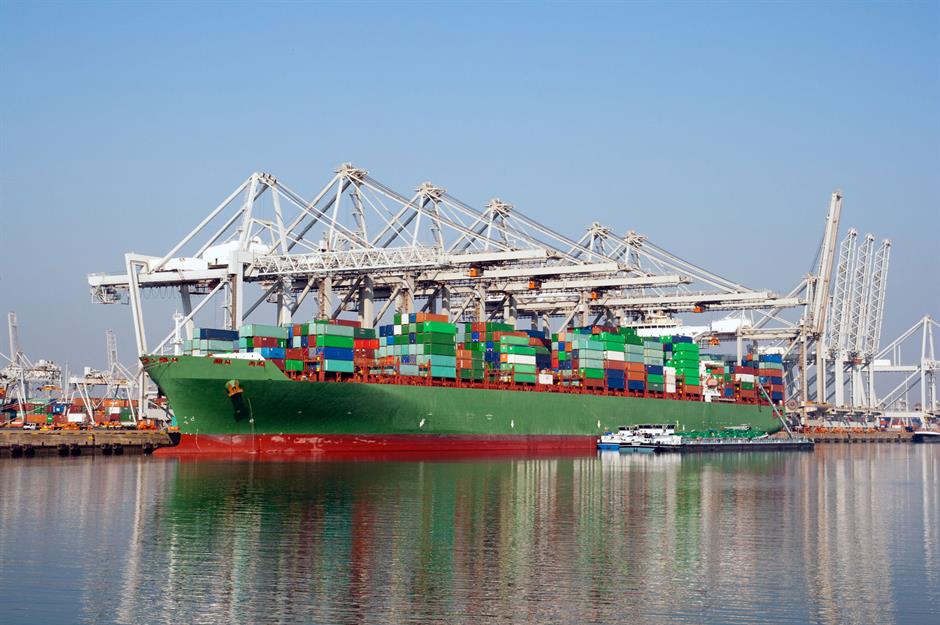
A high-income country with the best income equality among the top 31, the Netherlands has a service-driven economy, with strengths in logistics, finance, and tourism. Its petrochemicals, tech, and food processing industries are globally renowned, and the country is the world's second-largest exporter of agricultural products. Indeed, as an exporting powerhouse with the largest trade deficit with America in the world at $55 billion (£41bn), the Netherlands is likely to be heavily shielded from President Trump's tariffs on the EU.
Though yearly growth of between 1.4% and 1.6% is on the cards through to 2039, the country is expected to slip two positions in the WELT.
17. Indonesia, 2025 GDP: $1.43 trillion (£1.07tn)

An upper-middle-income country, Indonesia is a rising economic power with ample natural resources, a young population, and a growing services industry, with tourism as a key growth driver. Still, the country has one of the lowest GDP per capita scores in the top 31 and a pressing need to diversify its economy further.
Despite these negatives, Indonesia is expected to record annual growth of between 4.3% and 4.7% through to 2039, when it's predicted to emerge as the world's 10th largest economy, as per the WELT.
16. Türkiye, 2025 GDP: $1.44 trillion (£1.08tn)
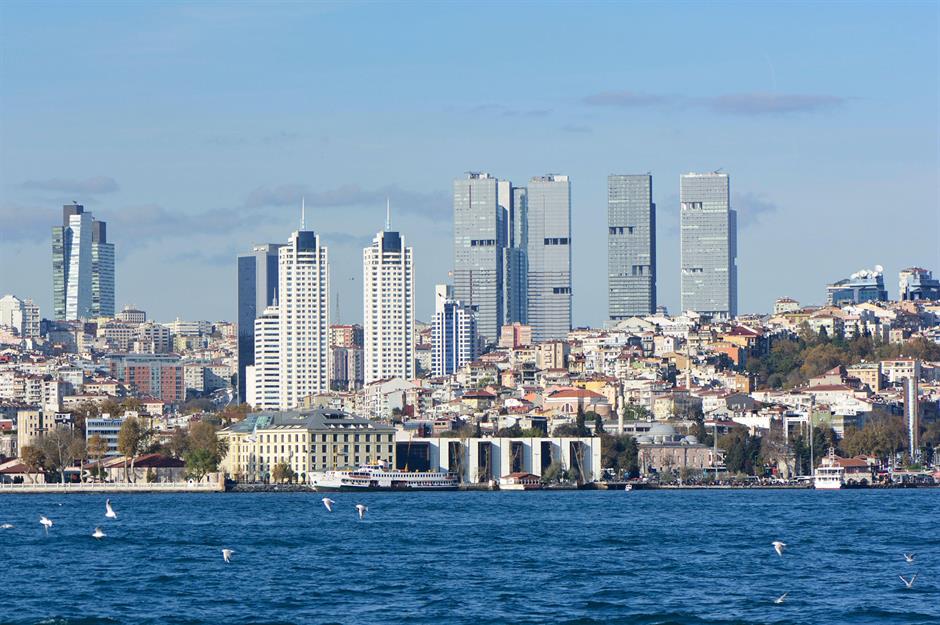
Upper-middle-income Türkiye has a diverse economy buttressed by robust manufacturing and service sectors. However, the agricultural sector continues to employ a quarter of the workforce, and a slew of indicators are poor: Türkiye has one of the highest unemployment rates in the top 31, the second-highest rate of inflation at 35%, and high levels of income inequality and external debt.
Given these challenges, growth over the next 14 years won't be all that amazing for an upper-middle-income country, coming in at between 2.9% and 3.2% annually. As a result, Türkiye is expected to remain in the same WELT position by 2039, unlike many of its upper-middle-income peers, which are poised to rise in the ranking.
15. Mexico, 2025 GDP: $1.69 trillion (£1.27tn)
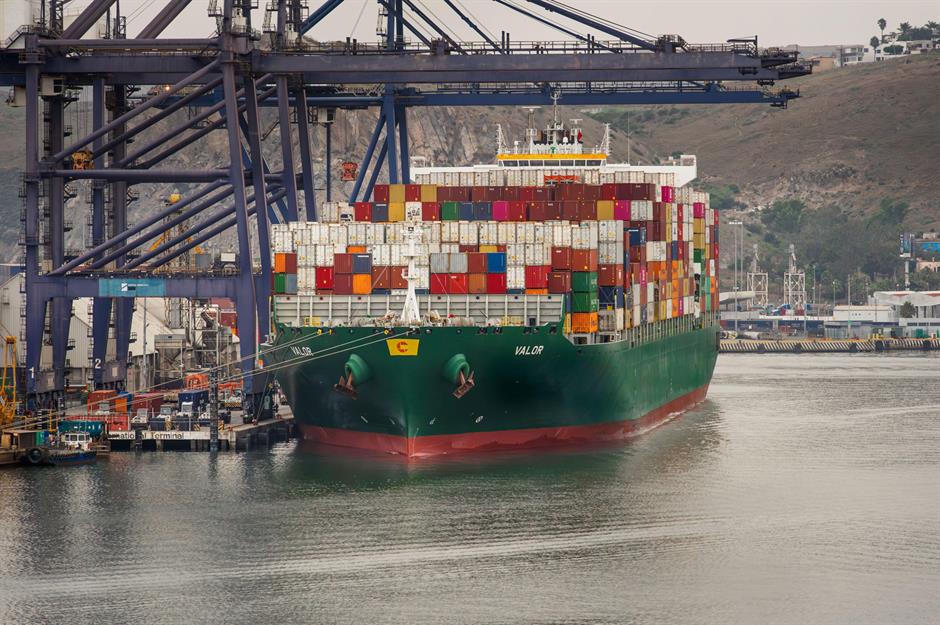
Fellow upper-middle-income country Mexico has a strong manufacturing base, an increasingly skilled workforce, and lots of other pluses. Unfortunately, its economic wellbeing is marred by stubbornly sluggish productivity, low competitiveness, high levels of income inequality, rampant informal employment, and shocking crime rates linked to drug cartels.
Moreover, its trade surplus with the US is one of the largest globally at $171.8 billion (£129bn), making it especially vulnerable to President Trump's punitive tariffs. With modest growth expected over the next 14 years, Mexico is slated to move up one position in the WELT ranking by the end of this decade, only to relinquish that gain by 2039.
14. Australia, 2025 GDP: $1.77 trillion (£1.33tn)

Mining is key to high-income Australia's economic wellbeing, but the country has well-developed services, manufacturing, and agricultural sectors too. Australia's exports to America aren't all that significant, so tariffs on Aussie goods and services wouldn't have much of an economic impact. But, if President Trump's tariffs on China harm its economy to a marked extent, Australia will likely feel the pain given that the People's Republic is its leading trading partner.
Over the coming 14 years, steady growth is expected, and according to the WELT, Australia should maintain its position in the global GDP league table.
13. South Korea, 2025 GDP: $1.79 trillion (£1.34tn)

South Korea is a high-income nation with a buoyant services sector and strengths in manufacturing, particularly in terms of tech products. Challenges include its rapidly ageing population, political instability, tensions with North Korea, and the prospect of US tariffs on its exports – as South Korea runs a $66 billion (£49bn) trade surplus with America, it would be more exposed compared to countries with a trade deficit or smaller surplus.
Looking ahead, South Korea is expected to hold on to its position as the world's 12th largest economy, with annual growth of around 2% predicted.
12. Spain, 2025 GDP: $1.8 trillion (£1.35tn)

High-income Spain's economic mainstays include industrial manufacturing, financial services, and chemicals, along with apparel and tourism – Spain is the world's second most-visited country. The country has much in its favour, including a highly skilled workforce and excellent infrastructure. However, unemployment is a major, persistent problem.
Looking into the future, growth is expected to range between 1.8% and 2.1% annually over the next 14 years. This won't be enough to maintain the country's position in the WELT ranking, with a drop of two spots predicted.
11. Russia, 2025 GDP: $2.08 trillion (£1.56tn)

In 2023, Russia moved from upper-middle to high-income status off the back of increased military spending as its invasion of Ukraine continued. While heavily sanctioned by Western countries, the Russian economy has proved remarkably resilient, with increased trade with countries like China and India helping to prop it up. But inflation has become a major issue, and isolated from the West, Russia's economic outlook is bleak.
Growth is forecast to average just 1.2% a year during the rest of this decade, and only 1% annually in the 2030s. As a consequence, Russia is set to slip three spots in the WELT by 2039.
10. Brazil, 2025 GDP: $2.13 trillion (£1.6tn)

Brazil's economy is sustained by its wealth of natural resources, robust manufacturing sector, and strong labour market, but it's being stymied by high government debt and a lack of competitiveness. Adding to the negatives, Brazil has one of the lowest GDP per capita scores in the top 31 and the second-worst income inequality.
Growth is expected to average around 2% a year through to 2039, which is disappointing for an upper-middle-income country. Still, Brazil is expected to climb three positions in the WELT by then.
9. Canada, 2025 GDP: $2.23 trillion (£1.67tn)

Canada's abundant natural resources, especially its vast reserves of oil and natural gas, have been instrumental to its economic health, and the high-income nation has a high-value services sector too. But all is not rosy in the Great White North. Debt has become a major issue, and the Trump administration's tariffs will be enormously damaging for the country due to its over-reliance on America and bulging $63.3 billion (£47.4bn) trade surplus with the nation.
Trump tariffs aside, Canada is expected to record annual growth of between 1.6% and 1.8% over the next 14 years. In terms of the WELT, the country is forecast to drop one position in the ranking by 2029 but regain it during the subsequent decade.
8. Italy, 2025 GDP: $2.42 trillion (£1.81tn)

High-income Italy's diverse economy encompasses vibrant business and financial services, substantial agricultural and industrial output, scientific and information technology research, and world-renowned tourism, fashion, and design industries. But the country is heavily indebted, has a large informal economy, and its population is among the fastest-ageing globally. Plus, given Italy's $44 billion (£33bn) trade surplus with America, it's more exposed than most to US tariffs on EU exports.
Looking forward, the country's GDP is expected to expand by between 0.7% and 0.8% a year through to 2039. Unsurprisingly, Italy is poised to slide three places down the WELT over the next 14 years.
7. France, 2025 GDP: $3.21 trillion (£2.4tn)

France's economic fortes include its solid services, manufacturing, and agricultural sectors. The high-income country is particularly adept at aviation, energy, and the production of luxury goods. The most visited nation on the planet, tourism is a major driver of the French economy. Issues include comparatively high levels of unemployment and debt.
Annual growth between 2025 and 2039 is projected to average just over 1%. Nevertheless, France is expected to remain the world's seventh-largest economy throughout the entire forecast period.
6. UK, 2025 GDP: $3.84 trillion (£2.88tn)

The high-income UK economy is hugely services-orientated, with financial services, retail, leisure, and cultural activities all major earners, while the country is only behind America and China when it comes to soft power. Though services dominate, the UK still makes useful, high-quality things the rest of the world wants to buy, thanks to its top-notch automotive, aviation, and pharmaceutical industries. Weaknesses include the ongoing economic fallout from Brexit. On a positive note, the UK doesn't have a lot to lose from any potential Trump tariffs since it runs a $11.9 billion (£8.9bn) trade deficit with America.
Looking ahead, annual growth is expected to average between 1.3% and 1.8% over the next 14 years. While this isn't all that impressive, the UK is forecast to hang on as the world's sixth-largest economy through to 2039.
=4. India, 2025 GDP: $4.19 trillion (£3.14tn)

Going from strength to strength, India is flying economically as the country's rapid industrialisation and burgeoning services sector continue to drive growth other nations could only wish for. Now the world's most populous nation, the lower-middle-income country benefits from a highly educated, increasingly skilled young workforce. But India does have one of the highest unemployment rates in the top 31 and one of the lowest GDP per capita scores. While abject poverty is on the wane, it remains a fact of life for millions of Indians.
However, the future is looking bright. With excellent annual growth expected over the coming years, India is predicted to rise up the WELT and become the world's third-biggest economy by as early as 2029.
=4. Japan, 2025 GDP: $4.19 trillion (£3.14tn)

High-income Japan is renowned for its cutting-edge tech products, alongside its strong non-tech manufacturing sector and diverse services. But growth has been anaemic for decades, debt stands at well above 200% of GDP, and the Japanese population is among the fastest-ageing globally. Tariffs on the country's exports will be painful, given Japan has a $68.5 billion (£51.3bn) trade surplus with America.
Looking forward, Japan's economy is expected to grow between just 0.6% and 0.9% a year through to 2039, as per the WELT, though it should retain its position on that particular GDP league table.
3. Germany, 2025 GDP: $4.74 trillion (£3.55tn)

Europe's manufacturing powerhouse and the EU's biggest economy, high-income Germany has been plagued with economic difficulties since the 2022 energy price shock caused by Russia's invasion of Ukraine. While the labour market remains tight, high energy costs and weak demand have hampered its economic performance. Tariffs on its exports are the last thing Germany needs since its $84.8 billion (£63.5bn) surplus with America means it'll suffer more than many other EU nations.
Over the next 14 years, GDP growth is set to average between just 0.8% and 1% annually, and the country is projected to lose its status as the world's third-biggest economy.
2. China, 2025 GDP: $19.23 trillion (£14.41tn)
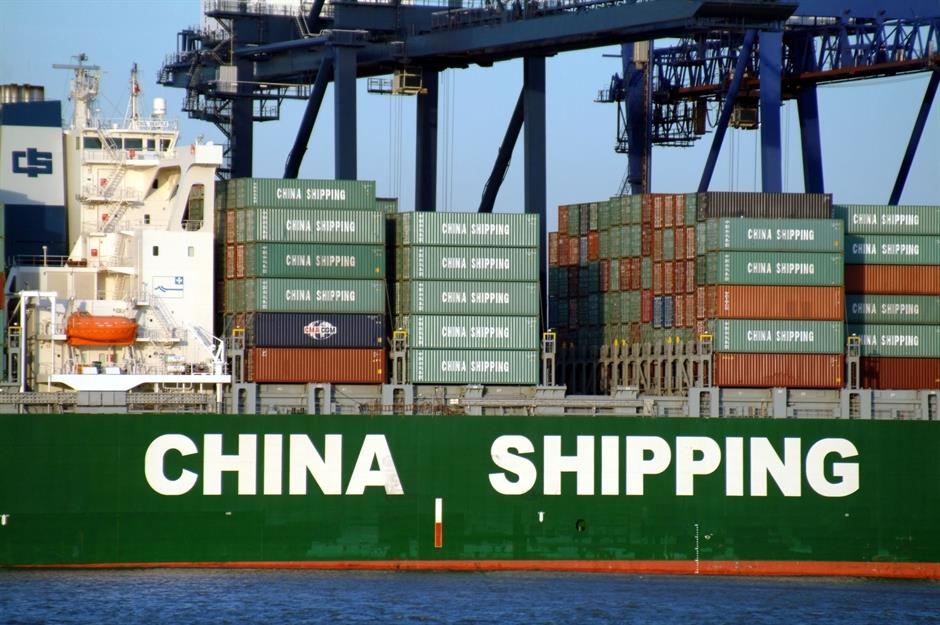
China's economic development over the past few decades has been nothing short of spectacular as the country established itself as the world's premier manufacturing power and leading exporter. And in recent years, the upper-middle-income nation has become an innovation-led trailblazer. But China is beset with economic and social issues, including a depressed property market, low consumer confidence, excessive public debt, high levels of youth unemployment, and a rapidly ageing population. Plus, China's GDP per capita remains relatively meagre. Tariffs on Chinese exports are only making matters worse – China holds the biggest trade surplus with the US at a whopping $294.4 billion (£221bn) – and if the country invades Taiwan, its economy would likely be irrevocably damaged.
Back in the noughties, China was expected to overtake the US as the world's number one economy as early as 2020 according to some estimates. Now, it's doubtful it ever will.
1. USA, 2025 GDP: $30.51 trillion (£22.86tn)
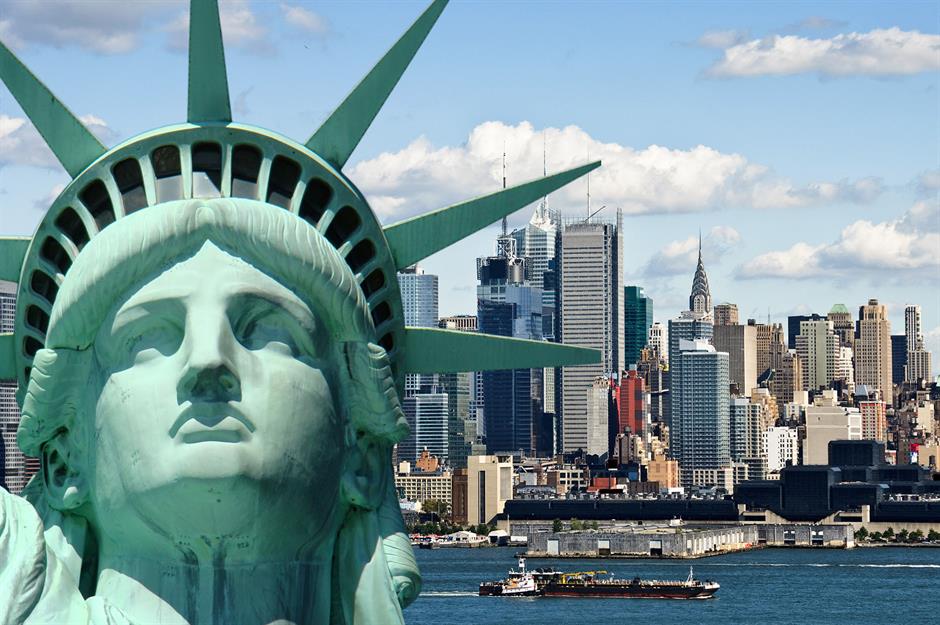
Reigning supreme as the global number one, the mighty US economy appears untouchable. Wowing with everything from copious natural resources to world-leading tech, financial services, healthcare, and retail industries, plus a whole lot more, America is the leader of the pack, and then some. The US dollar is the de facto global reserve currency, and the American stock market is the world's largest and most influential.
The US economy isn't without its challenges though, which include mushrooming national debt and persistent income inequality. And while President Trump's tax cuts are likely to provide a boost, his sweeping tariff proposals and stricter immigration rules may end up hindering growth. Even so, America is expected to remain top dog economically for the foreseeable future.
Now discover how much the world's richest countries really donate in foreign aid
Comments
Be the first to comment
Do you want to comment on this article? You need to be signed in for this feature